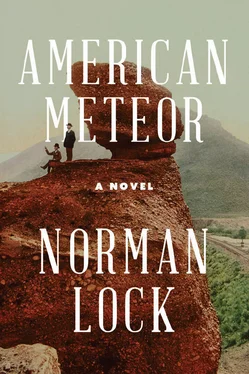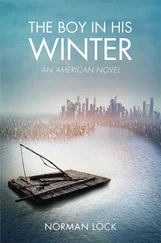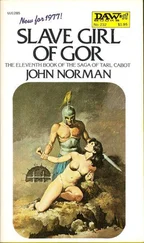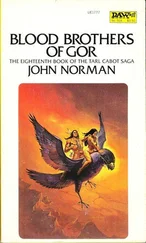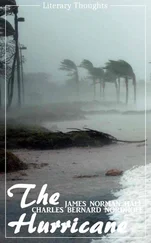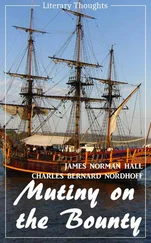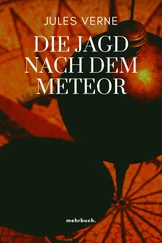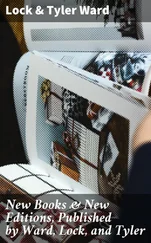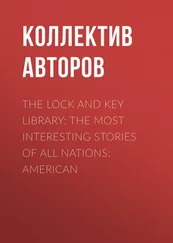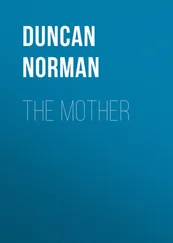Desperate and glorious — aye, in defeat most desperate, most glorious,
After thy many battles, in which, never yielding up a gun or a color,
Leaving behind thee a memory sweet to soldiers,
Thou yieldest up thyself.
I wasn’t taken in by that horseshit, either.
San Francisco, May 10–16, 1876
If I’d ever been tempted to unknot the rope that bound my destiny to Custer’s, it was during the six days I spent in San Francisco, while, confined at Fort Snelling, in Minnesota, the general wrangled, wept, and sulked in disgrace for having defamed brother officers — not to mention Orvil Grant — at the impeachment of the secretary of war. I was ravished by the city on the bay and by a woman living there.
Anna McGinn owned a studio on Kearny Street — a rarity at a time when photography was practiced mostly by men, if for no other reason than the weight and cumbersomeness of the apparatus, glass plates, and chemicals. Anna was making ambrotypes, an innovation superior to daguerreotypes but considered quaint by wet-glass snobs because they could not be reproduced on paper. They were suitable to hang on parlor walls or to enclose in little gold shrines for gents to carry in their coat pockets, like a cigarette case or a whiskey flask. But though she held me captive for a handful of spring days — never mind the San Francisco damp — I’d come to believe in my inalienable destiny as an assassin.
Nevertheless, those days do deserve mention as the pinnacle of my experience of love. Had I met Anna before my visit to Whitman, I could have told him what I thought of that most disquieting emotion. I said nothing about Fire Briskly Burning. He might have understood my feelings for her — he understood far stranger affections; but I wasn’t sure if his racial tolerance was sincere or merely literary. Now that I think of it, I wonder whether I did love my winter squaw. She seems at this remove in time and space no more than a dream. If life is nothing but a swamp in which we lose our way, the affections are quicksand in which we drown.
I met Anna in a gaudy saloon on the Barbary Coast, Frisco’s brawling, disreputable district, where every manner of vice and meanness could be found. She was there to deliver an ambrotype she’d made of a chanteuse for a miner whose pockets were lined with silver from the Comstock Lode. I was there to soak up local color and the rum brought by ship from the East Indies. I noticed her immediately; she had a striking profile, framed by hair that seemed in the light of the saloon’s gas brackets to flash with emeralds. In the sunlight, her hair was ash-blond. She was small-boned and delicate — shorter than I, who had drunk enough rum to surmount a habitual timidity before the opposite sex. I noticed that her fingers were blackened by the silver nitrate of her trade, or “black art,” as it was often called. I sidled down the bar and listened to her harangue the goggle-eyed miner, whose fickle affections had gone elsewhere. Anna got her money, and when she left the saloon, I followed her along Pacific Street to her studio on Kearny.
“I take pictures, too,” I said — idiotically in retrospect. I stood in the middle of her studio, trying my level best not to sway or breathe.
“You stink of rum,” she said, not deceived by my pantomime of sobriety.
“I took a drop against the damp. At the saloon up on Pacific. I noticed your fingers.”
“What about them?” she snapped, loudly enough to upset my precarious equilibrium.
“They’re stained black. So I knew.”
“What do you want with me?”
“To make your acquaintance.”
In answer to my smile, she raised her head defiantly; her green eyes glared. In a moment, I’d be showed the door, if not kicked and shoved through it. For a small package, she was fierce. I thought momentarily of Amazons and female mountain lions and wondered if I shouldn’t sneak sheepishly out the door while I still had the power of locomotion. But the woman fascinated me for a reason I couldn’t have explained at the time, even to myself.
“I’m in town on a visit,” I said quickly, hoping to defuse an anger I could almost hear hiss. “I’ve been out west taking pictures.”
She relaxed a little, and her eyes granted me a stay of judgment in which I might explain myself. I told her the story of my life, as much of it as I dared. She sat on a stool, her elbows on the counter, and listened attentively. I held the floor, as orators say. I held it well. I doubted if John Calhoun or Daniel Webster — or even Abraham Lincoln himself — could have done better. I was possessed of an eloquence I might have imbibed while keeping the dead man company, or else from the Barbados rum. When I’d had my say, Anna allowed that I might stay awhile. We talked about our work. She showed me several albums of her pictures — things she’d done for her own pleasure. I recall the portrait of a sockeye, caught in the Columbia River, she’d bought at Paladini’s on the wharf. I had never in my life considered taking pictures of fish. Dead buffalo were more in my line, but she preferred small subjects, in consideration of the cramped studio.
She’d made a series of ambrotypes devoted to butterflies and moths — dead ones pinned to sumptuous fabrics: Japanese silk, Venetian cloth, Flemish lace, Italian brocade. They were gorgeous in their way. They would have delighted the eye and smoothed out the wrinkled brain of most people, but their prettiness rubbed me raw. Anna’s photographs showed a side of the world contrary to what William Jackson had taught me to see: the stark and brutal reality of the western plains and the half-tragic, half-lunatic emigrants who crawled over them. If we knew what waited for us, would we alter our courses — or are we fixed hypnotically, like a compass needle on the lodestone of our destinies?
We kept company during the brief time allotted me by the urgency of history and my own death wish. We took our meals together and drank genteel spirits in keeping with the age’s idea of decorum. Even in San Francisco, women could not stray too far from propriety without tripping over their petticoats into the abyss: Fashionable Van Ness Avenue is only a block from sordid Polk Street. We went to the music halls on Geary Boulevard; we walked along the bay and saw the distant ocean from the Presidio. Coming from Philadelphia, I’d had my camera and supplies taken off the train at Omaha and sent on to wait for me at Fort Lincoln. I wanted to see the city in the way ordinary people do: imperfectly and dreamily. I sometimes wonder if real life is more truly apprehended by eyes not pressed to the camera back — heresy to Jackson. To look through a camera can be like being made to stare at the sun.
Anna and I did not make love. I don’t remember why. Maybe we didn’t need to. She might have been afraid, although I doubt she was afraid of much. She’d been a midwife before she opened a studio; she’d held life in her hands, like a wire from a galvanic cell. Maybe death was too strong in me for an act so inspirited with life. Although I sometimes think that death is what gives lovemaking its desperate and terrible joy.
Did she sense my frostiness? No, that wasn’t it: I was not — to my mind — the least cold toward her. As I recall, my mood was a match for the season and took its colors from the green of Golden Gate Park, with its vivid eucalyptus and pines. I’ve never been an optimist, but I was not cast down while Anna showed me her city. I was hardly aware of the dark purpose that had driven levity from my mind in Washington City, in Philadelphia, and on the train when Custer and I were carried down the rails toward our fatal intersection. My happiness in being with Anna over-ruled, for a time, the murder in my heart. If you’ll excuse the metaphor, she was a perfume drizzled over a corpse— man’s or beast’s, I’d had experience with both. No, there was nothing frosty in my attitude toward her; but she must have felt the sickness in me — in my soul, if you care for the word. The disease that undermined a perfect intimacy.
Читать дальше
